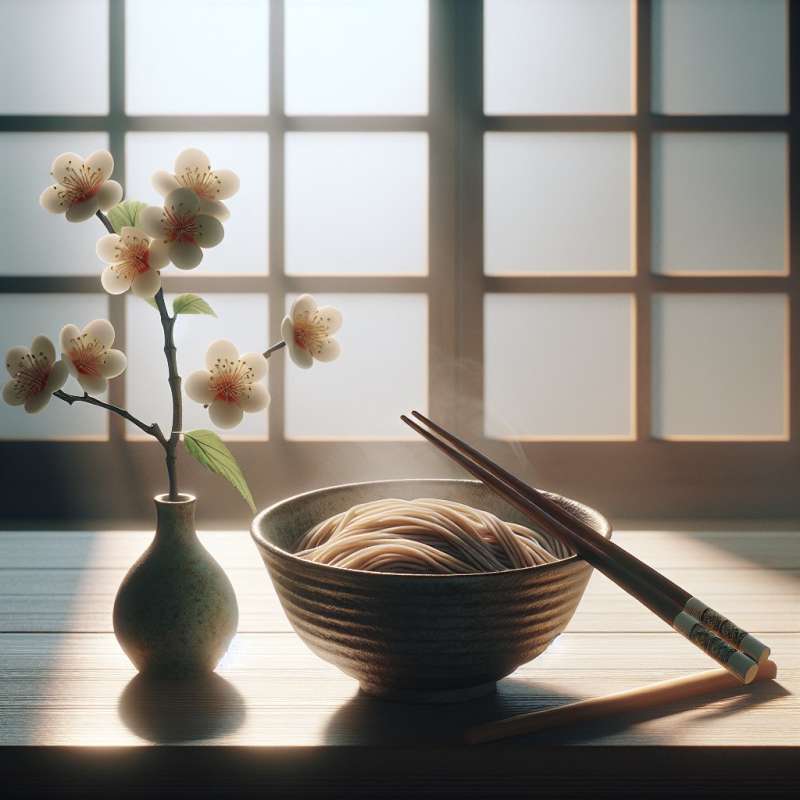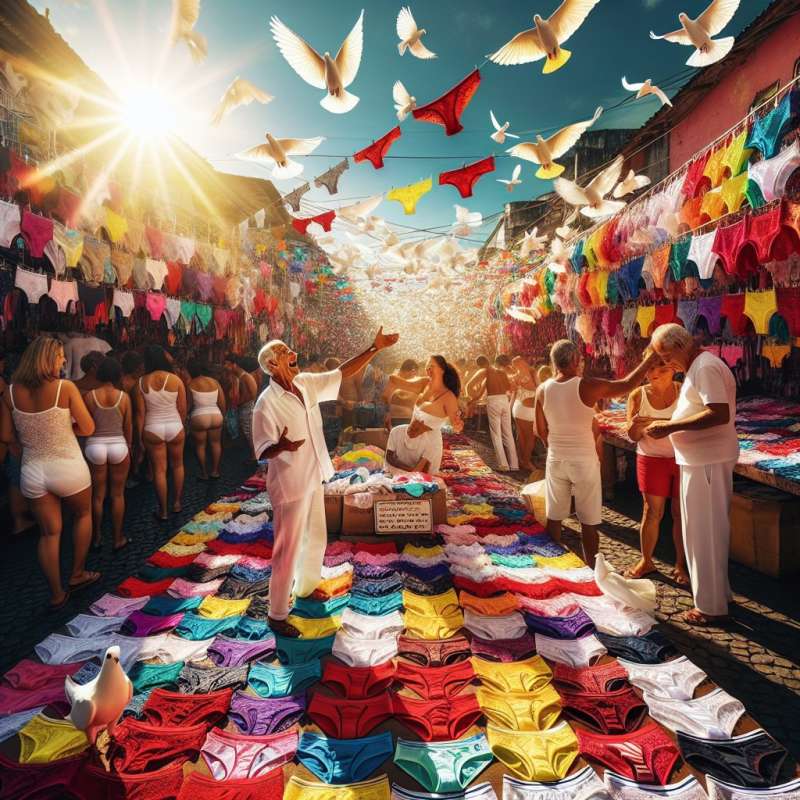
Japan: Toshikoshi Soba
In Japan, Toshikoshi Soba is eaten to welcome the New Year. The long noodles symbolize longevity and prosperity. Slurping them without breaking is believed to bring good fortune and a long life.
Spain: Midnight Grapes
Spaniards consume twelve grapes at midnight, one for each strike of the clock. This tradition is thought to secure twelve happy months in the coming year. It began in 1909, due to a grape surplus.
Denmark: Kransekage
Danish New Year's is marked with Kransekage, a towering almond cake. Eaten at midnight, it's often accompanied by champagne. The higher the cake, the more prosperous the year ahead.
Southern US: Hoppin' John
In the Southern United States, Hoppin' John is a must. This dish of black-eyed peas, rice, and pork is eaten for luck. Each pea represents a coin, forecasting wealth and prosperity.
Italy: Lentils & Pork
Italians enjoy lentils and pork for New Year's. Lentils resemble coins, promising wealth, while pork signifies the richness of life. This tradition dates back to ancient Roman times.
Brazil: Colorful Underwear
While not a food, Brazilians wear colored underwear on New Year's for luck. Each color has a meaning; for example, yellow signifies wealth, white offers peace, and red brings love.
Greece: Vasilopita Cake
Greece celebrates with Vasilopita, a cake with a hidden coin. Whoever finds the coin in their slice will have a year of good luck. It's named after Saint Basil, associated with the New Year.Surprising Spanish Tradition
In Spain, people wear red underwear on New Year's Eve for good luck, a tradition that surprisingly dates back to the Middle Ages for warding off evil spirits.
What does Toshikoshi Soba symbolize?
Strength and resilience
Longevity and prosperity
Happiness and love
Company